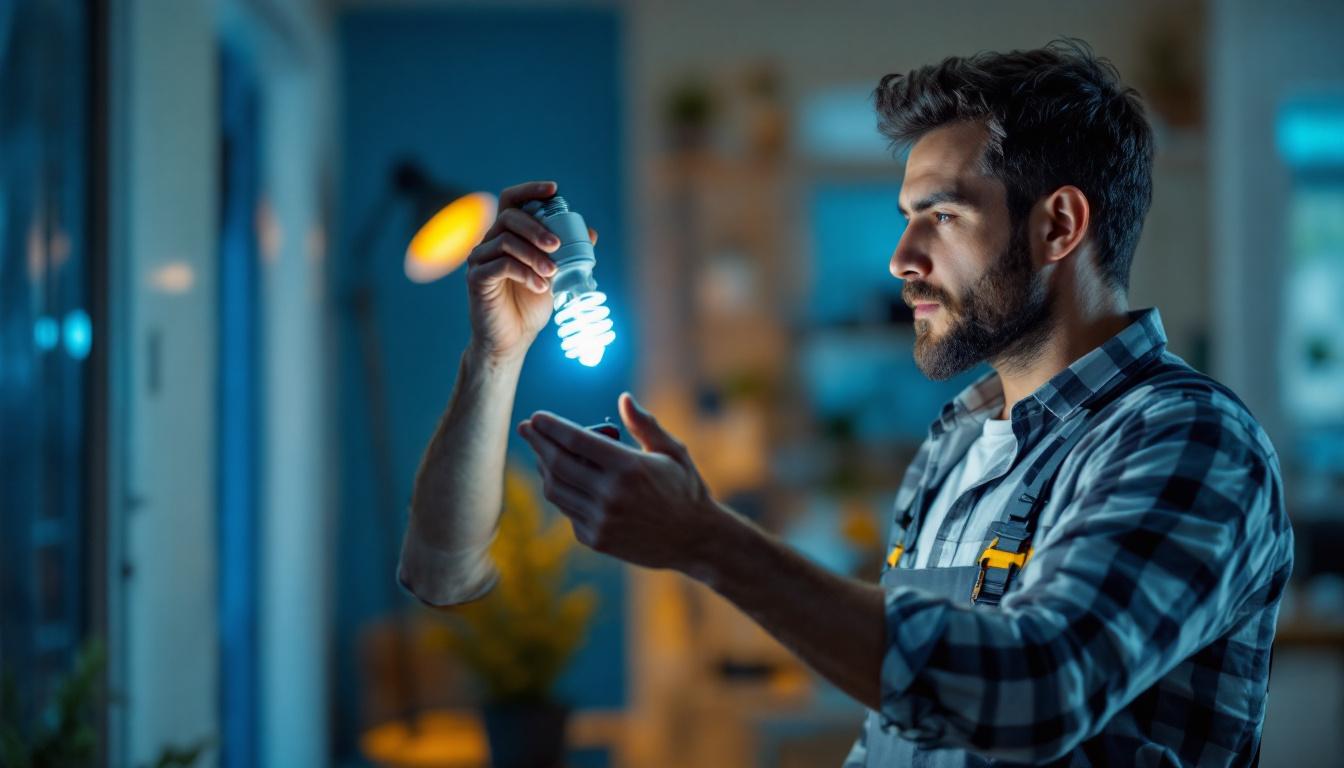
As the demand for energy-efficient lighting solutions continues to rise, many lighting contractors are finding themselves tasked with converting existing CFL (Compact Fluorescent Lamp) installations to LED (Light Emitting Diode) technology. This transition not only benefits the environment but also offers significant cost savings for clients. Here are some quick tips for lighting contractors to streamline the CFL to LED conversion process.
Before diving into the conversion process, it’s essential to understand why LED lighting is becoming the preferred choice for many applications. LEDs are known for their energy efficiency, longevity, and lower heat output compared to traditional lighting options. Additionally, they offer a range of color temperatures and dimming capabilities, making them versatile for various settings, from residential homes to commercial spaces.
LEDs consume significantly less energy than CFLs, which translates to lower electricity bills for clients. While a CFL typically uses about 13-15 watts to produce the same amount of light as a 60-watt incandescent bulb, an LED can achieve this with only 8-10 watts. This reduction in energy consumption not only benefits the client’s bottom line but also contributes to a smaller carbon footprint. Moreover, many utility companies offer rebates for switching to LED lighting, providing an additional financial incentive for clients to make the switch.
Another compelling reason to switch to LED lighting is their lifespan. LEDs can last up to 25,000 hours or more, whereas CFLs usually have a lifespan of around 10,000 hours. This longevity means fewer replacements and maintenance calls, making it a more convenient option for clients. Furthermore, the durability of LEDs makes them ideal for both indoor and outdoor applications, as they are less susceptible to breakage and can withstand harsh environmental conditions, ensuring reliable performance over time.
LEDs generate significantly less heat than CFLs, which can be a crucial factor in certain environments. This characteristic not only enhances safety but also reduces the load on air conditioning systems, further contributing to energy savings. In addition, lower heat output means that LED lights can be installed in areas where heat buildup could be a concern, such as in enclosed fixtures or near heat-sensitive materials. This flexibility allows for innovative lighting designs that can enhance aesthetics without compromising safety or efficiency.
Beyond their energy efficiency and longevity, LEDs offer remarkable versatility in design and application. Available in a wide range of colors and color temperatures, they can create various atmospheres, from warm and inviting to cool and energizing. This adaptability makes LEDs suitable for a multitude of settings, including residential, commercial, and industrial spaces. Additionally, many LED systems now come with smart technology options, allowing users to control brightness and color through mobile apps or voice-activated devices. This level of customization not only enhances user experience but also allows for tailored lighting solutions that meet specific needs and preferences.
Switching to LED lighting also has significant environmental implications. Unlike traditional bulbs, LEDs do not contain hazardous materials such as mercury, making them safer for the environment when disposed of. Furthermore, their energy efficiency contributes to reduced greenhouse gas emissions, aligning with global efforts to combat climate change. As more individuals and businesses recognize the importance of sustainable practices, the shift towards LED lighting represents a proactive step towards a greener future, fostering a culture of responsibility and awareness in energy consumption.
Before initiating the conversion, a thorough assessment of existing fixtures is necessary. This step ensures that the new LED bulbs will fit properly and function effectively within the current setup.
Not all fixtures designed for CFLs are compatible with LED bulbs. Contractors should check the fixture type and ensure that it can accommodate the new technology. Some fixtures may require modifications or even complete replacements to ensure optimal performance.
Understanding the wattage requirements is crucial during the conversion process. While LEDs are more efficient, it’s essential to choose bulbs that provide the same lumen output as the existing CFLs. This consideration ensures that clients do not experience a decrease in brightness after the conversion.
Many CFLs operate with a ballast, which regulates the current to the lamp. When converting to LED, it’s important to evaluate whether the existing ballast is compatible with the new LED bulbs. In some cases, it may be necessary to bypass or replace the ballast to ensure proper function and efficiency.
The market offers a wide range of LED options, making it essential for contractors to choose the right bulbs for each application. Factors such as color temperature, lumen output, and beam angle should be considered to meet client expectations.
Color temperature is measured in Kelvin (K) and plays a significant role in the ambiance of a space. A lower Kelvin rating (2700K-3000K) provides a warm, inviting glow, ideal for residential settings, while a higher rating (4000K-5000K) offers a cooler, more energizing light suitable for commercial environments. Understanding the intended use of the space will guide the selection of the appropriate color temperature.
When replacing CFLs with LEDs, it’s crucial to match the lumen output to ensure adequate lighting levels. A general rule of thumb is that an LED should provide at least 80-90% of the lumens produced by the CFL it replaces. This matching ensures that clients will not notice a significant difference in brightness.
The beam angle of an LED bulb affects how light is distributed in a space. Wide beam angles are ideal for general lighting, while narrow angles work well for task lighting or accent lighting. Contractors should consider the intended use of the space when selecting the appropriate beam angle.
Proper installation is key to ensuring the longevity and efficiency of LED lighting. Contractors should adhere to best practices to guarantee a successful conversion.
Before beginning any installation, safety should be the top priority. Ensure that all power sources are turned off and that proper personal protective equipment (PPE) is worn. This precaution helps prevent accidents and ensures a safe working environment.
Each LED product comes with specific installation instructions provided by the manufacturer. Following these guidelines ensures that the bulbs are installed correctly and function as intended. It also helps to avoid potential warranty issues that may arise from improper installation.
Once the installation is complete, testing the new LED fixtures is essential. This step allows contractors to verify that the lights are functioning correctly and that the desired lighting levels have been achieved. Any issues should be addressed immediately to ensure client satisfaction.
Part of the contractor’s role is to educate clients about the advantages of LED lighting. This education can help clients understand the long-term benefits of their investment.
While the initial cost of LED bulbs may be higher than CFLs, the long-term savings in energy bills and reduced maintenance costs make LEDs a more economical choice. By explaining this to clients, contractors can help them appreciate the value of their investment.
LED lighting is not only beneficial for clients’ wallets but also for the environment. By reducing energy consumption, LEDs contribute to lower greenhouse gas emissions. Educating clients on this aspect can enhance their satisfaction with the conversion and reinforce their commitment to sustainability.
Despite the many advantages of converting to LED lighting, contractors may encounter challenges during the process. Being prepared with solutions can help mitigate these issues.
Some clients may be hesitant to invest in LED lighting due to the higher upfront costs. Contractors can address these concerns by providing a detailed analysis of potential savings over time, including energy costs and reduced maintenance expenses. Offering financing options or incentives can also help alleviate initial cost concerns.
As mentioned earlier, compatibility between existing fixtures and new LED bulbs can be a challenge. Contractors should be prepared to offer alternative solutions, such as replacing incompatible fixtures or recommending LED products specifically designed for retrofit applications.
Some clients may be resistant to switching from CFLs to LEDs due to familiarity or misconceptions about LED technology. Providing clear information about the benefits and addressing any concerns can help ease this resistance. Demonstrating the difference in light quality and efficiency can also be an effective strategy.
The lighting industry is continually evolving, with new technologies and products emerging regularly. Staying informed about these trends is essential for lighting contractors to remain competitive.
Participating in workshops, webinars, and industry conferences can provide valuable insights into the latest advancements in LED technology and best practices for installation. Many manufacturers also offer training sessions to keep contractors informed about their products.
Building relationships with other lighting professionals can provide opportunities for knowledge sharing and collaboration. Joining industry associations or online forums can facilitate networking and help contractors stay updated on current trends and challenges.
Converting CFL lighting to LED technology presents a wealth of opportunities for lighting contractors. By understanding the benefits of LEDs, assessing existing fixtures, choosing the right products, and adhering to best installation practices, contractors can ensure a smooth transition for their clients. Education and communication play vital roles in addressing client concerns and promoting the long-term advantages of LED lighting. With the right approach, contractors can position themselves as trusted experts in the field, paving the way for successful projects and satisfied clients.
Ready to elevate your CFL to LED conversion services? LumenWholesale is here to support your projects with high-quality, spec-grade LED lighting products at unbeatable wholesale prices. Say goodbye to local distributor markups and hello to a vast selection of industry-standard lighting solutions that promise reliability and high performance. With free shipping on bulk orders, you can stock up on the best lighting products without worrying about hidden fees or compromises. Make the smart choice for your business and your clients. Visit LumenWholesale now for Wholesale Lighting at the Best Value and experience the convenience of shopping with us.
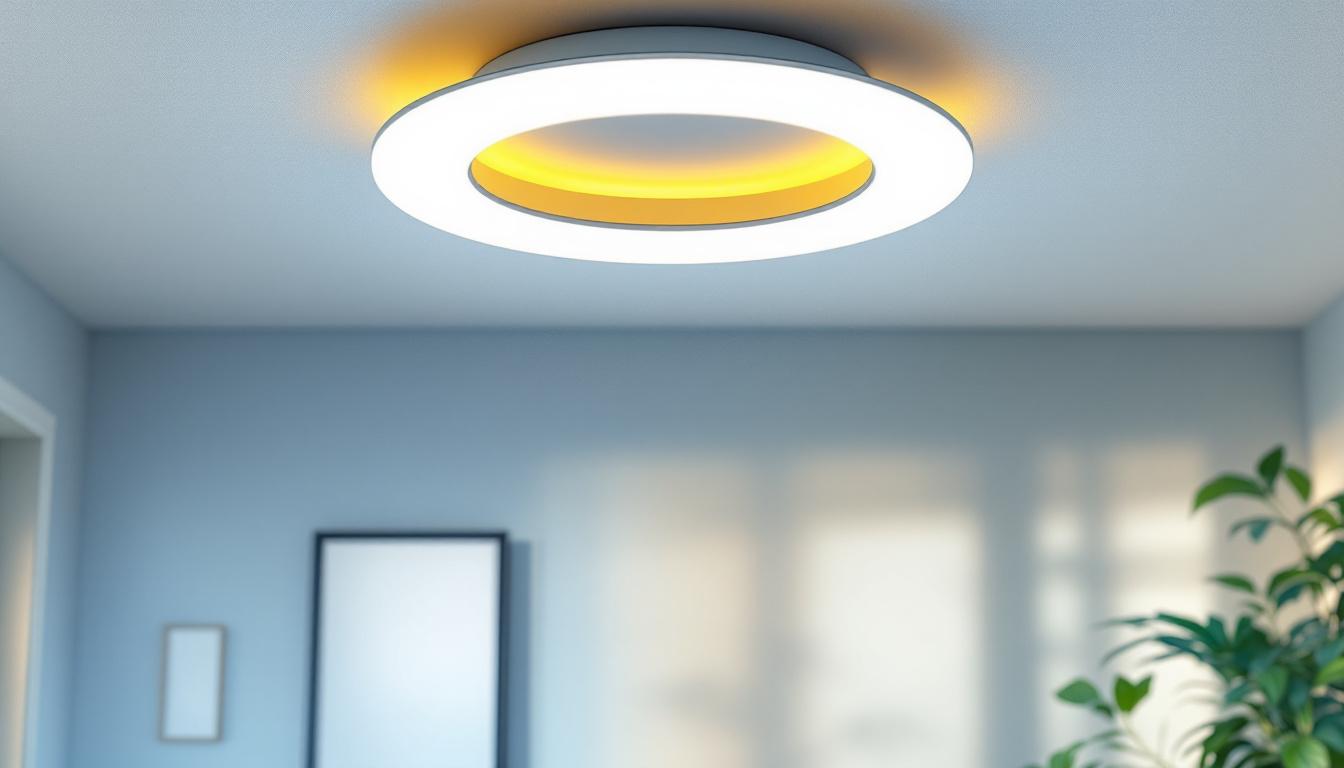
Discover budget-friendly ceiling light solutions with our expert hacks tailored for smart lighting contractors.
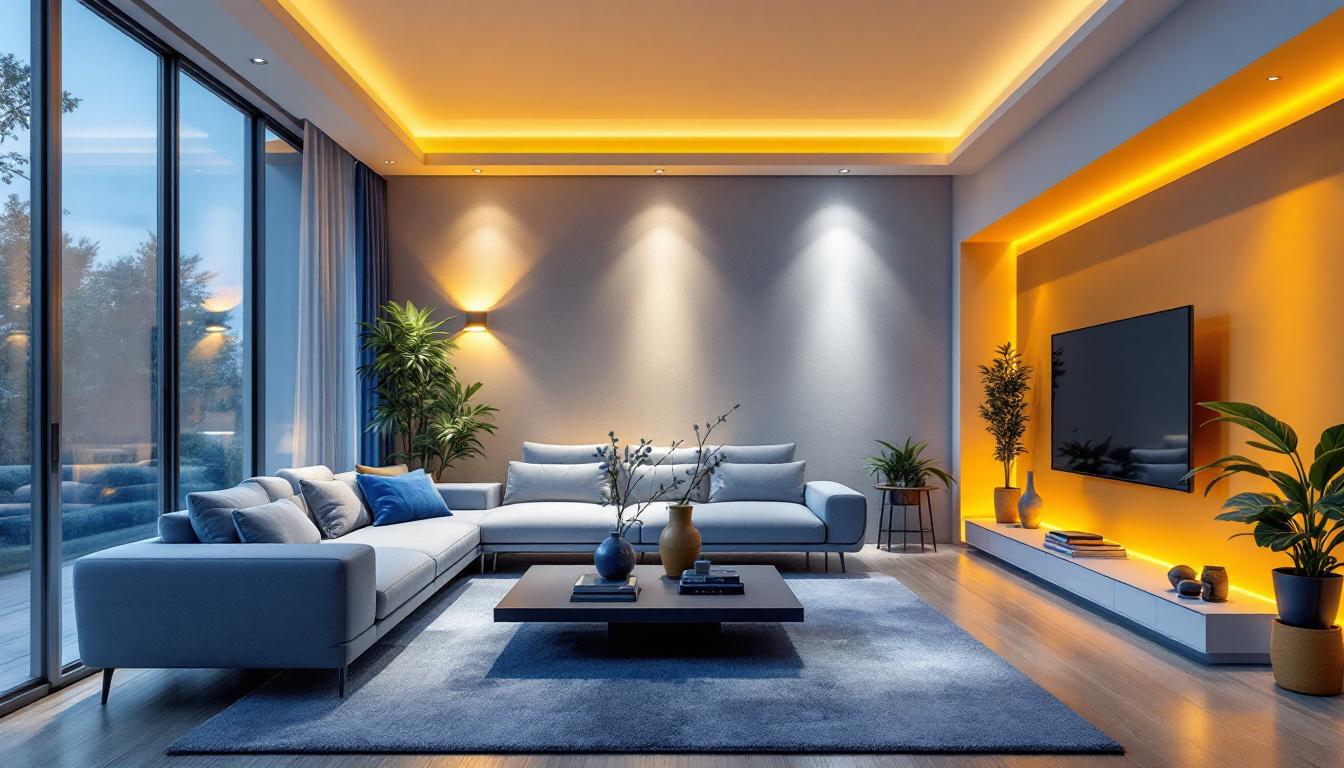
Discover how recess can lights can transform your lighting installations into profitable ventures.
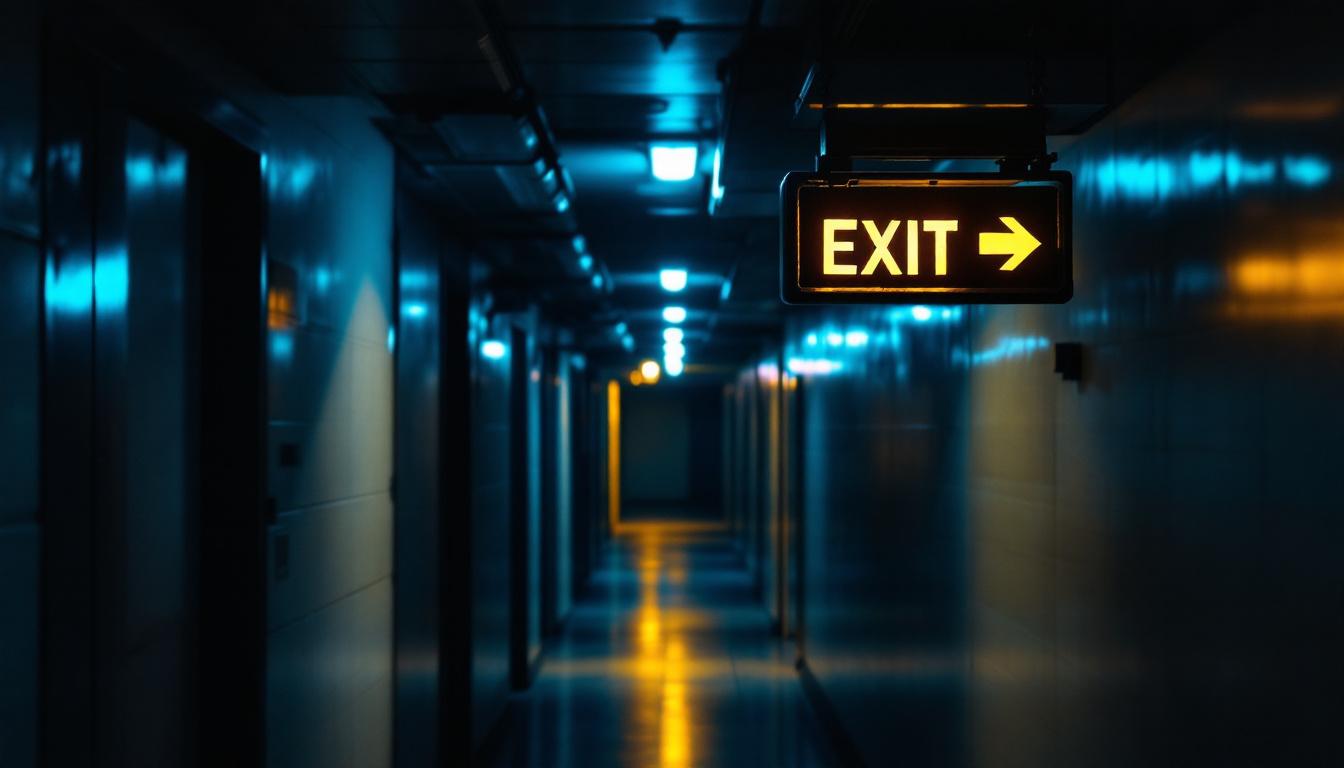
Discover the frequent pitfalls lighting contractors face with old exit signs.
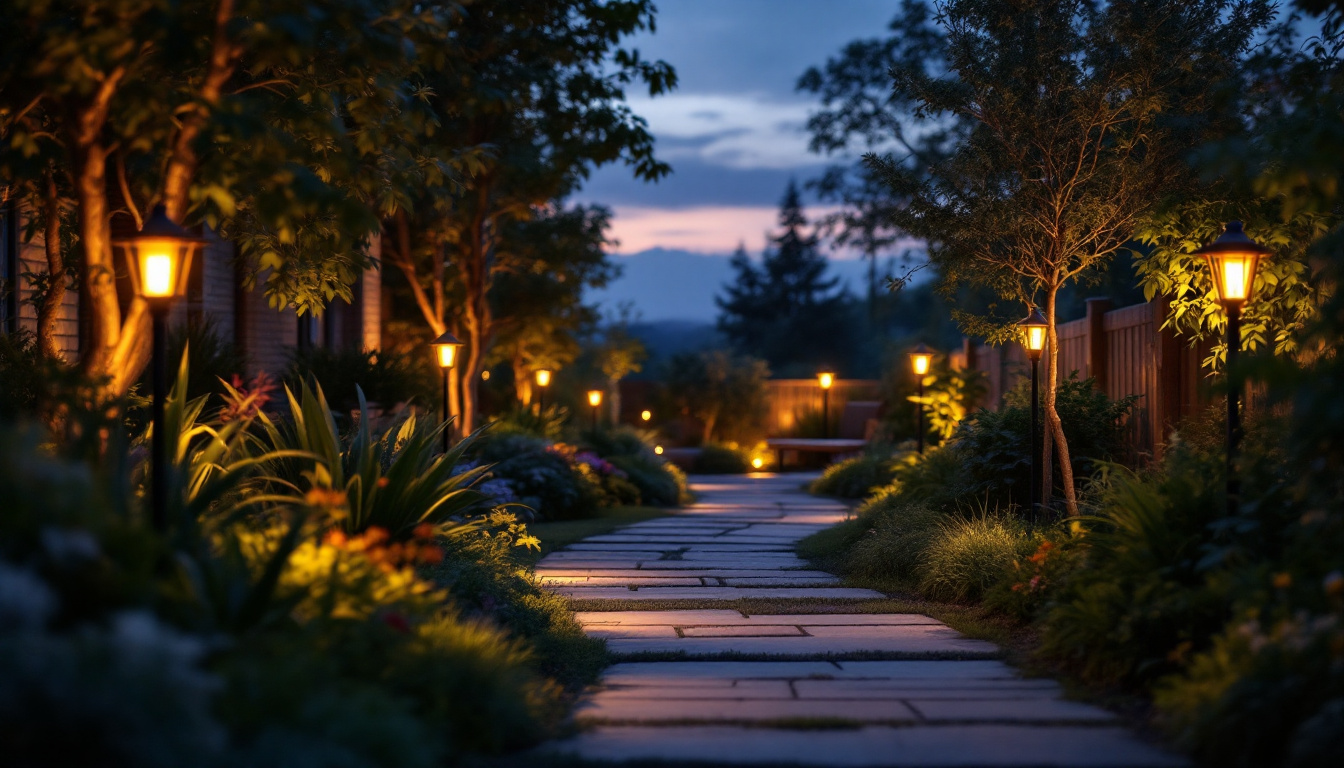
Discover the benefits of solar LED garden lights in this comprehensive guide.